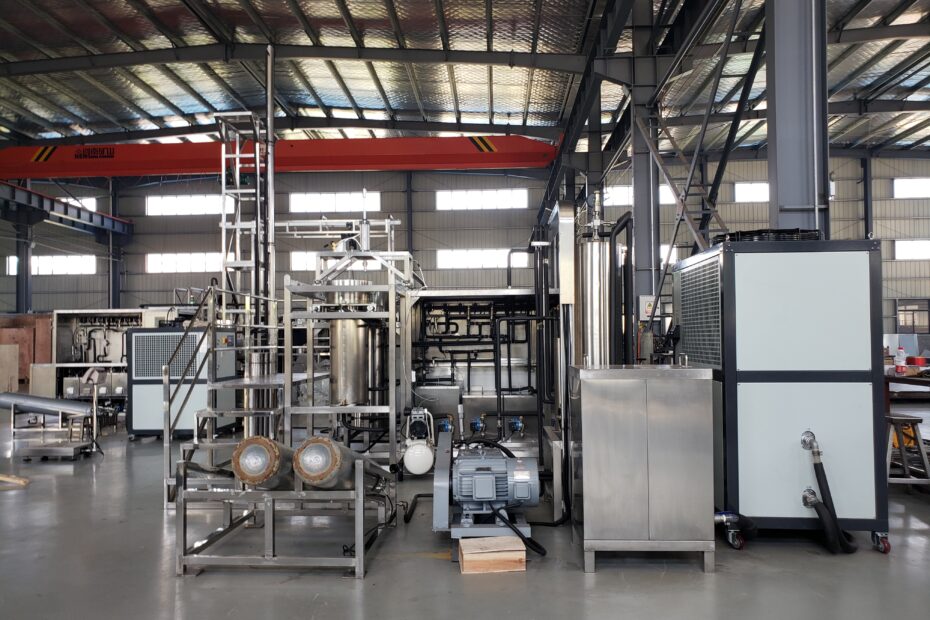Supercritical fluid refers to a fluid whose temperature and pressure are above its critical temperature (Tc) and critical pressure (pc), between gas and liquid. Stable pure substances can all have a supercritical state (stable means that their chemical properties are stable and will not decompose into pure substances when reaching the critical temperature), and they all have their fixed critical points: critical temperature and critical pressure.
The critical temperature Tc is the temperature at which the pure substance cannot be converted from the gas phase to the liquid phase at any high pressure when the temperature is higher than a certain value; while the critical pressure pc is the lowest pressure at which the gas can be liquefied at the critical temperature. .
When the temperature of a substance is higher than the critical temperature and the pressure is greater than the critical pressure, the substance is in a supercritical state. If the fluid is heated or compressed to a state above its critical temperature (Tc) and critical pressure (pc), and the gas in this state is pressurized, the gas will not liquefy, but will only increase in density and have liquid-like properties while retaining Has gas properties.
Common substances that can be used as supercritical fluids include CO₂, alkanes, low-carbon alcohols, water, etc. CO₂ is a commonly used supercritical fluid because it is non-toxic, non-combustible, non-corrosive, non-polluting, chemically inert, cheap and easy to obtain, and has a low critical point.
Three major categories of supercritical CO₂ extraction equipment
According to different process flows, the development of different supercritical CO₂ fluid extraction equipment is a key part of the entire technology. When designing a supercritical CO₂ fluid extraction device, consider the bearing capacity of the extraction device. Since the separation process requires the use of high-pressure equipment, and supercritical fluids have certain special properties, there are relatively special requirements for process equipment.
At present, supercritical CO₂ extraction equipment is mainly divided into three categories in terms of usage functions.
- Laboratory extraction equipment: The volume of the extraction kettle is generally less than 500mL. It has a simple structure, no CO₂ circulation equipment, and is resistant to high pressure (up to 70Mpa). It is suitable for laboratory exploratory work.
- Pilot equipment The extraction kettle volume is generally between 1 and 20L, which is suitable for process research and small batch sample production. Most of the currently mainly used pilot equipment have the characteristics of good supporting equipment performance and the ability to realize CO₂ recycling.
- Industrial production equipment The extraction kettle volume ranges from 50L to several cubic meters.
In summary
Supercritical CO₂ fluid can be used to separate and extract specific substances from solid media, and can also be used to separate and purify specific components in liquid media. The practical application of supercritical CO₂ fluid extraction in production is achieved through safe and reliable extraction devices.
